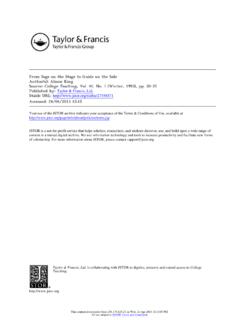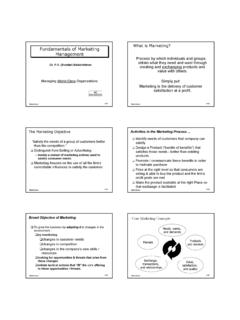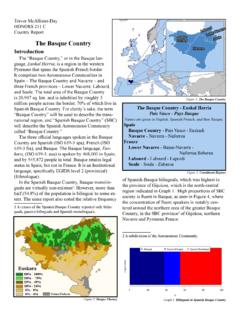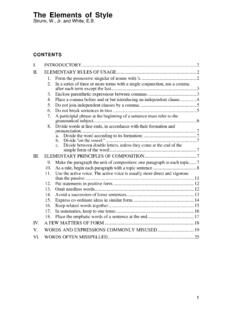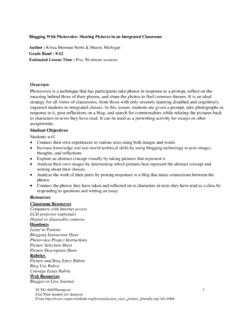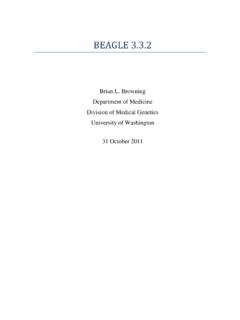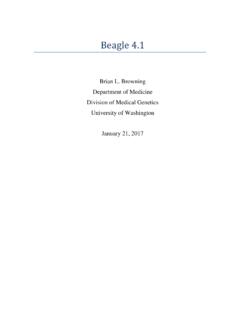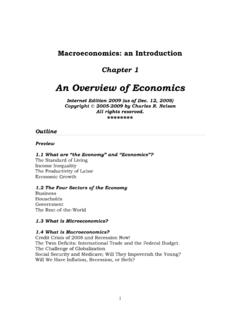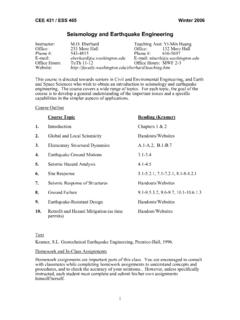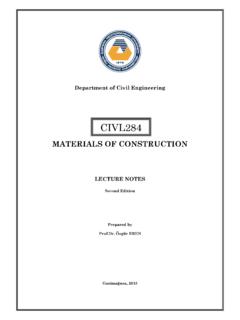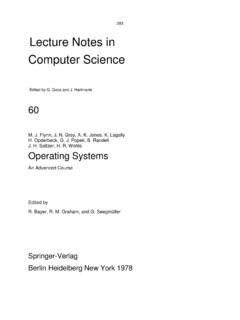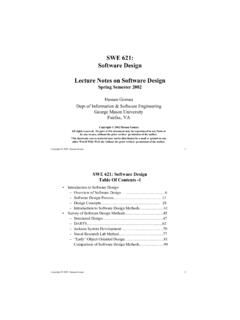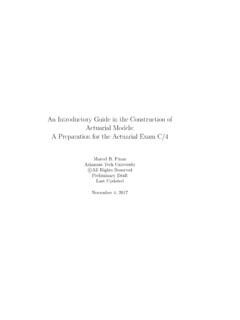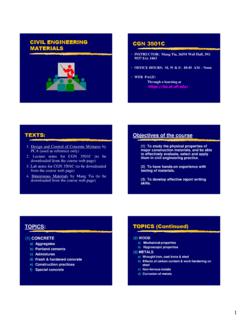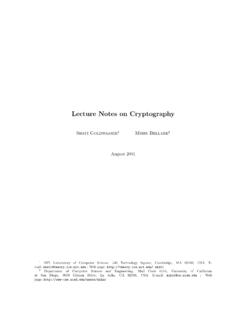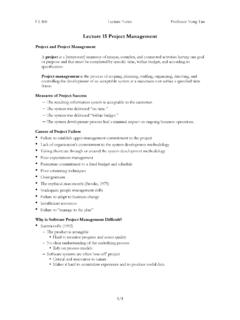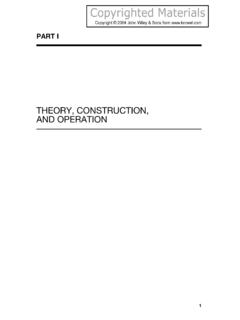Transcription of Lecture 14: Cost Estimation - University of Washington
1 I S 460 Lecture notes Professor Yong Tan 1/5 Lecture 14: cost Estimation Overview Project management activities Project costing Project scheduling and staffing Project monitoring and review General cost Estimation rules Algorithmic cost Modeling Function point model COCOMO Components of Project cost Tools (both HW and SW) Facility, utility, communication, etc. Travel, training, etc. Acquisition Development personnel ( cost of person-hours) Why Estimating Software Personnel cost A big portion of overall IS project cost Allocate and control budget Justify project value A significant component in economic feasibility study Product pricing Fixed vs. variable cost cost Estimation Methods Boehm (1981) Algorithm cost modeling Develop a model using historical cost information Use software metric as input Expert judgment Expert on development technique and application domain Arrive conclusion by consensus Estimation by analogy Other projects in the same project domain Parkinson s Law Work expends to fill the time available The cost is determined by available resources rather than by objective assessments Pricing to win Based on how much the customer can afford I S 460 Lecture notes Professor Yong Tan 2/5 Estimation Trade-offs Size Function points Lines of code Effort Person-months Time Months Function Points Function Point Model Derive cost directly from analysis documents such as DFD and ERD Identify five Factors Sizing Data Functions 1.
2 Files 2. Program interfaces Sizing Transactional Functions 3. External Inputs 4. External Outputs 5. External Queries Function Points Estimation Step 1: Total Unadjusted Function Points (TUFP) Step 2: Project Complexity (PC) Step 3: Adjusted Project Complexity (PCA) PCA = + * PC Step 4: Total Adjusted Function Points TAFP = TUFP * PCA Lines of Code Conversion: LOC = k * TAFP (k is the LOC to FP conversion factor) Example: 100 Function Points C: 13,000 Lines VB: 3,000 Lines COCOMO Estimation Calculation Effort (in person-months) = * thousand LOC Estimating Schedule Time Rule of thumb for Estimation Schedule Time = * Effort ^ (1/3) I S 460 Lecture notes Professor Yong Tan 3/5 COCOMO COnstructive cost MOdel Use final project size (in terms of lines of code) as model input Classify project into three types Organic, semi-detached, embedded Depends on how many other systems to interface with Has three forms Basic, intermediate, and detailed COCOMO-Basic Form Three project types Effort PM= (KLOC) PM= (KLOC) PM= (KLOC) Schedule TDEV= (PM) TDEV= (PM) TDEV= (PM)
3 Limitations Does not accommodate highly sequential forms of incremental development Calculate average staff level in each phases Does not incorporate the effect of other software cost drivers COCOMO-Detailed Model Improvements Phase-sensitive effort multiplier In addition to Size Reliability Application experience Interactive development Three-level product hierarchy Module level Subsystem level System level cost -Effectiveness Analysis Performance Models Transaction Processing System N = Number of processors S = Processor Speed (Kops/sec) P = Processor Overhead (Kops/sec) M = Multiprocessor overhead factor I S 460 Lecture notes Professor Yong Tan 4/5 T = Number of operations required per transaction in Kops Performance Models Performance Production Function Economies of Scale More efficient to produce large quantities than small quantities Diseconomies of Scale on large software projects Interpersonal communications Software gold-plating Hardware software Modularity Gold Plating Software gold plating Instant response Pinpoint accuracy Unbalanced systems Artificial intelligence (AI)
4 Features Interactive multicolor vector graphics Everything for Everybody systems Gold Plating Usually Not gold plating Humanized Input Preprocessors Humanized Output Postprocessors Modularity and Information hiding Measurement and diagnostic, backup and recovery capabilities Sometimes gold plating High generalized control and data structure Sophisticated user command languages General-purpose utilities and support software Automatic trend analysis Choosing Among Alternatives Decision Criteria Maximum Available Budget Maximum Performance requirement Minimum Performance requirement Maximum Effectiveness/ cost Ratio Maximum Effectiveness- cost difference Composite options I S 460 Lecture notes Professor Yong Tan 5/5 Risk Analysis Complete Uncertainty No knowledge for chance of success Decision Rules Maximin (Most pessimistic) Determine the minimum payoff for each alternative Choose the alternative to maximize the minimum payoff Maximax (Most optimistic) Determine the maximum payoff for each alternative Choose the alternative to maximize the maximum payoff Laplace or Equal-Probability Rule All states of nature are equally likely Determine the expected payoff for each alternative Choose the alternative to maximize the expected payoff Subjective Probabilities Breakeven Analysis Value of Information The prototype approach
